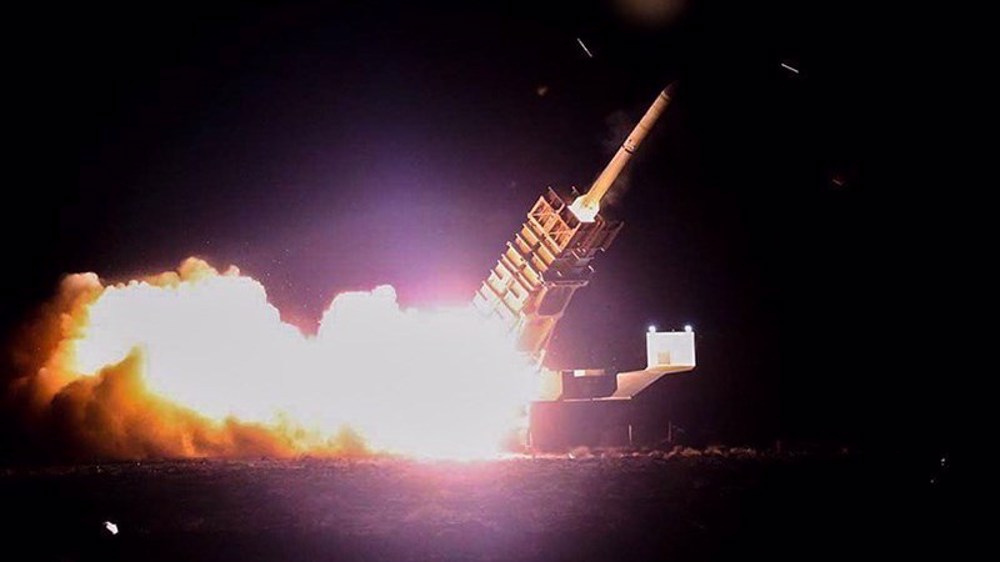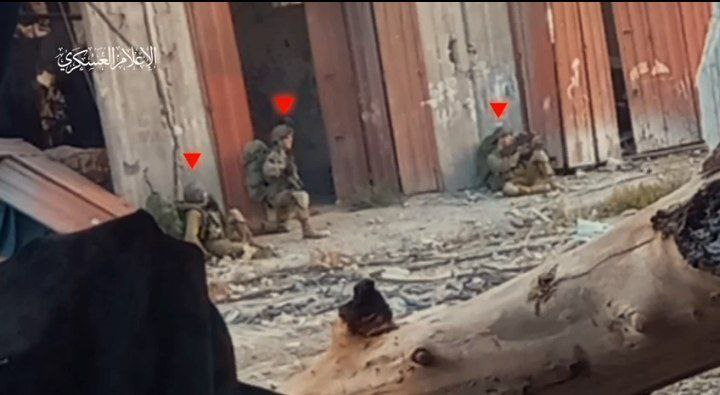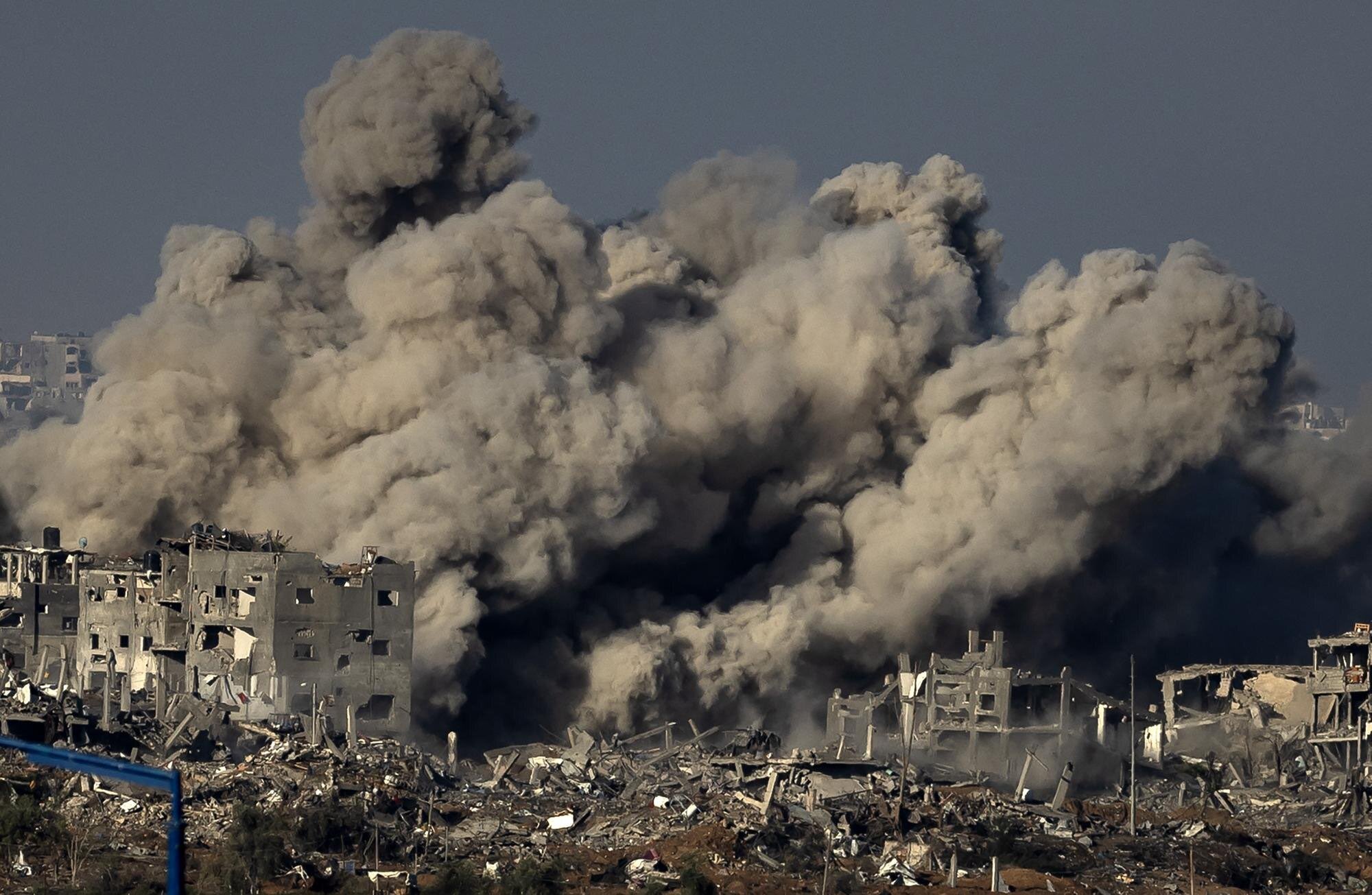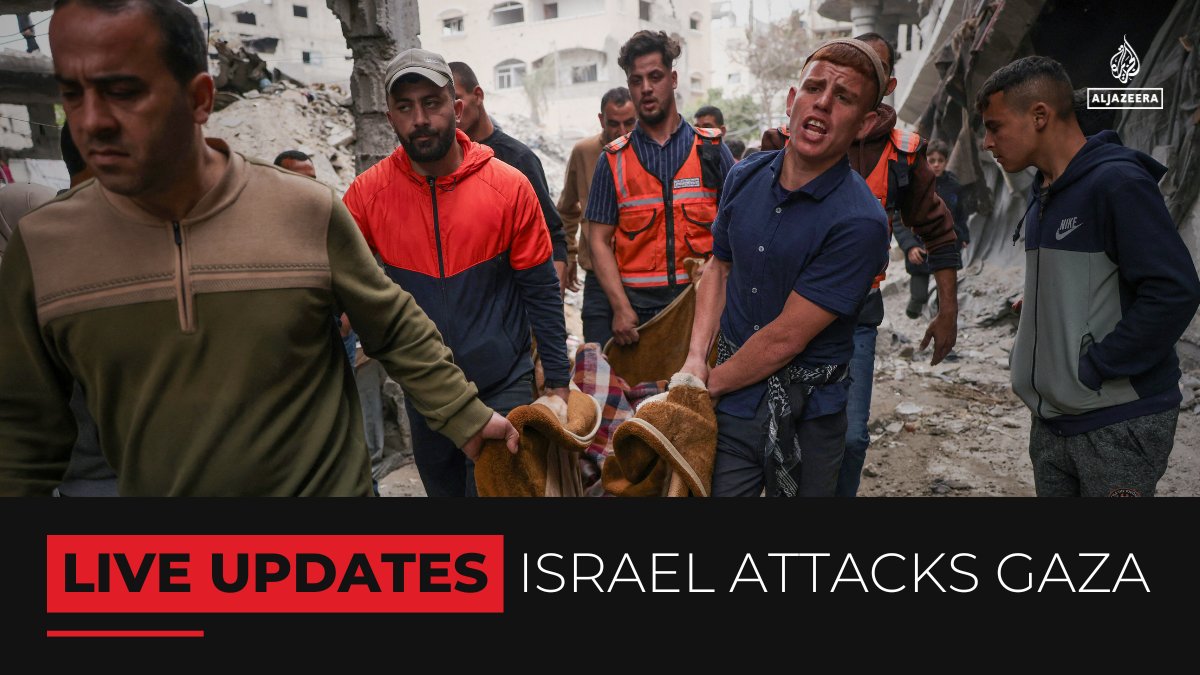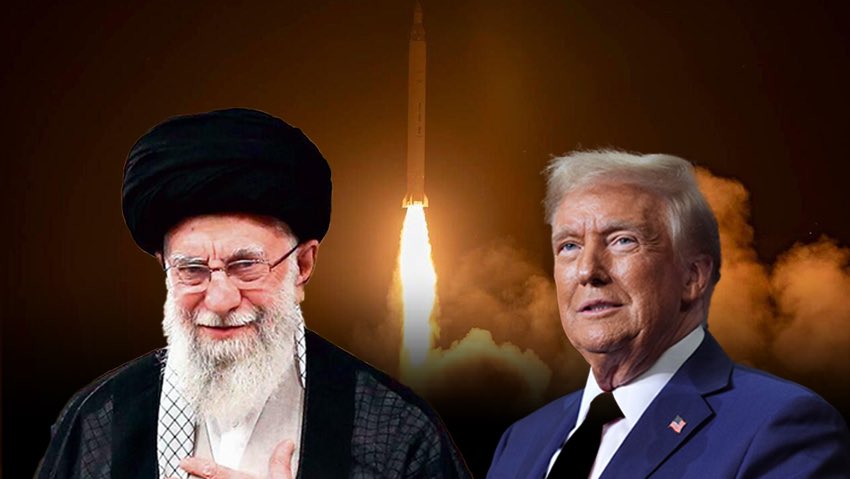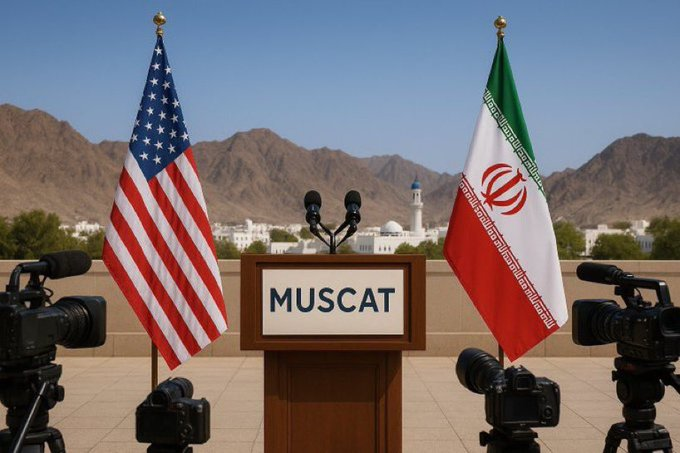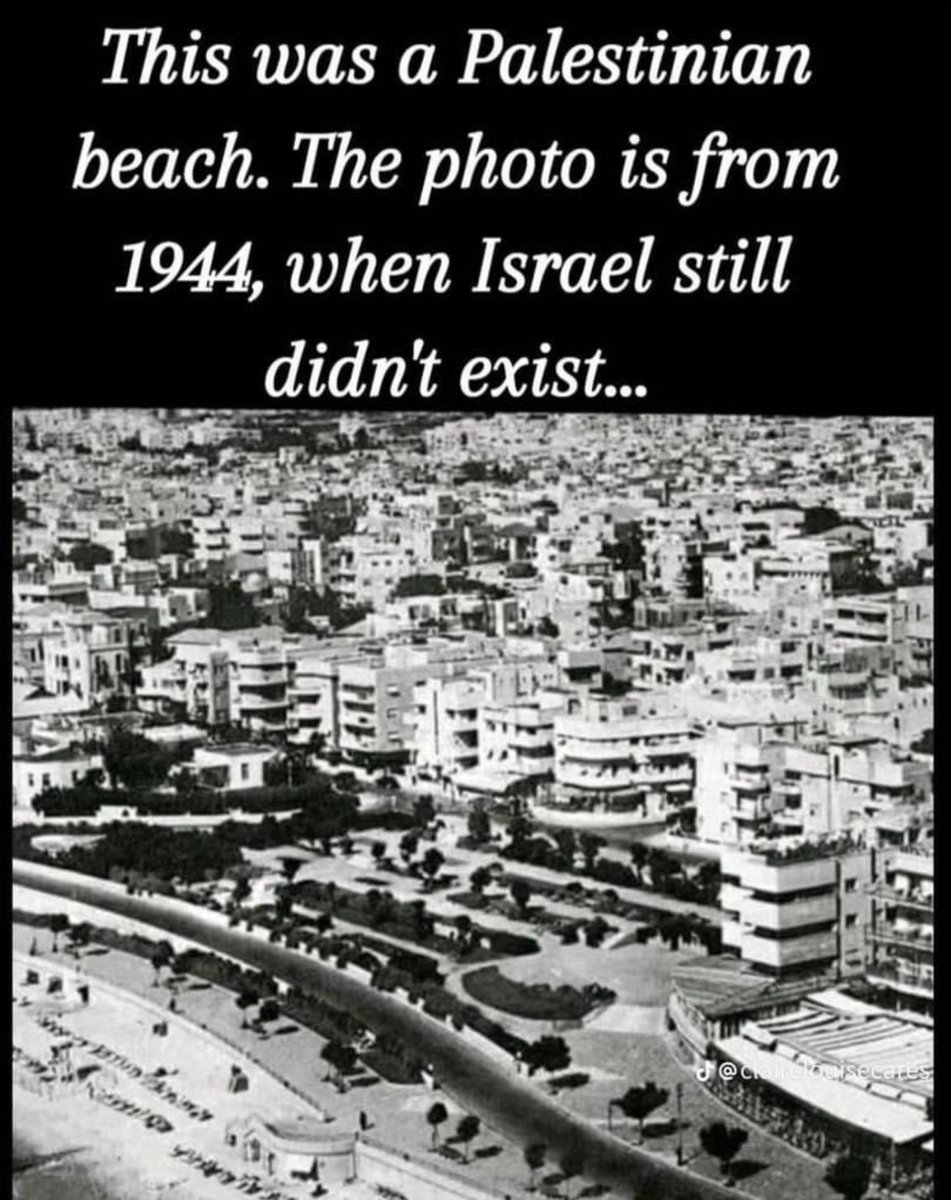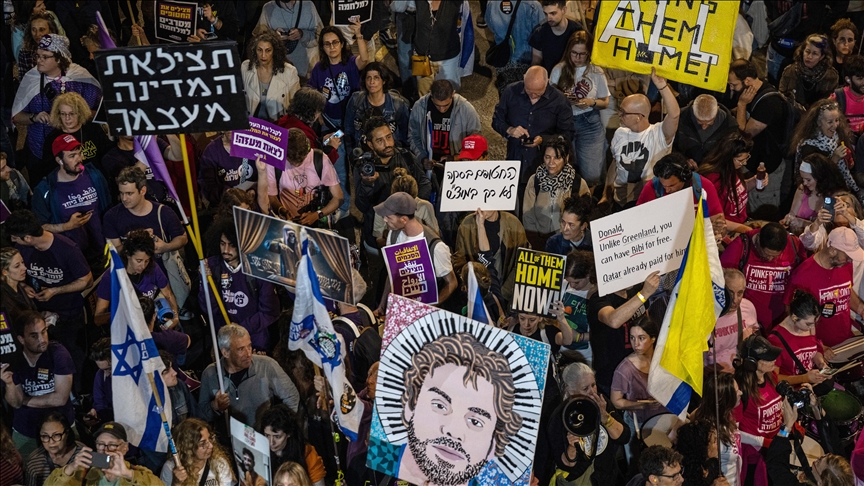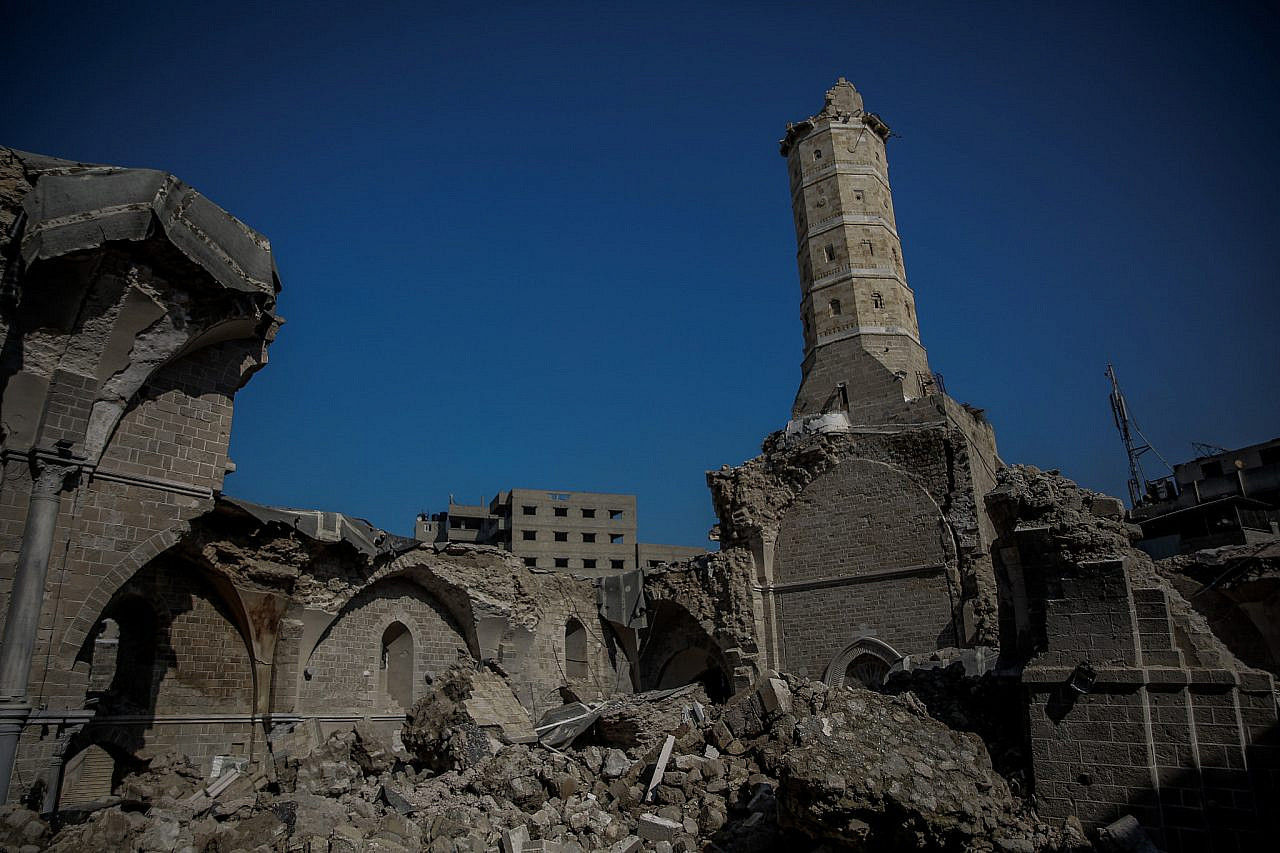Al-Duwairi: Israel’s Netzarim Withdrawal is a Retreat, a Strategic Shift
Military strategic expert Major General Fayez Al-Duwairi said the withdrawal of the Israeli occupation army from the Netzarim axis represents a strategic shift in battle with its plan to divide and control the Gaza Strip from its north failing.
Al-Duwairi explained the Israeli occupation army tried to establish a permanent presence in the area but was forced to retreat under the pressure of battles and political agreements.
Speaking on Al Jazeera, Al-Duwairi added the occupation expanded the Netzarim axis to reach a width of 80 kilometers and a depth of between 6.5 and 7 kilometers, and established four main sites supported by four other supporting sites.
He pointed out although the occupation army began to establish infrastructure to enhance the sustainability of its presence, most of its facilities were dismantled, reflecting its awareness of the possibility of withdrawal at any moment.
He explained the recent agreement imposes on it to withdraw from Netzarim permanently. As well the military expert stressed that Israel will neither be able to remain in the Philadelphi Corridor or the buffer zone later.
A different reality
He pointed out that the Israeli plan was initially aimed at controlling the northern areas of Gaza but the resistance made sure this didn’t happen and imposed a different reality which forced the Zionist army to recalculate.
Al-Duwairi indicated that the occupation may try to procrastinate or delay the implementation of the withdrawal, but in the end it is obliged to evacuate the site on the 22nd day of the deal.
Regarding the withdrawal, he explained this move will facilitate the movement of citizens, especially in light of the siege imposed by the occupation’s control of the corridor.
However, he stressed the most important thing is to restore sovereignty – even partially – to the Palestinians, indicating the current scene is radically different from the calculations of the occupation, which wanted to impose a new political reality.
He considered the withdrawal is not just a military step, but carries political and strategic dimensions, as it reflects the failure of the Israeli vision for Gaza and confirms the will of the resistance and negotiation to impose new equations on the ground.
The ceasefire and prisoner exchange agreement in Gaza went into effect on 19 January and includes three stages, each lasting 42 days. During the first, negotiations will be held to start a second stage, then a third, with the mediation of Qatar, Egypt, and the United States according to Jo24.

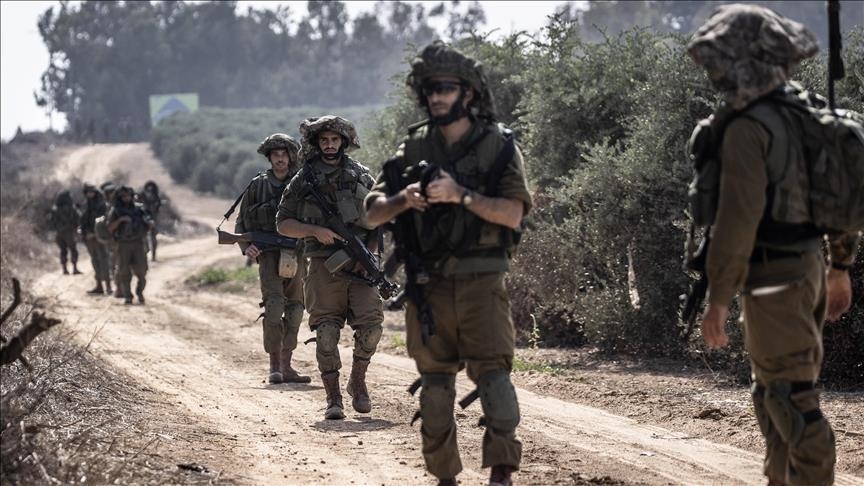
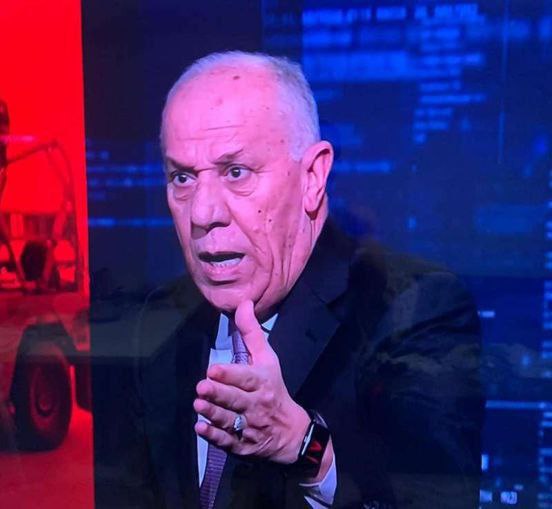
 Fayez Al-Duwairi, retired general:
Fayez Al-Duwairi, retired general: